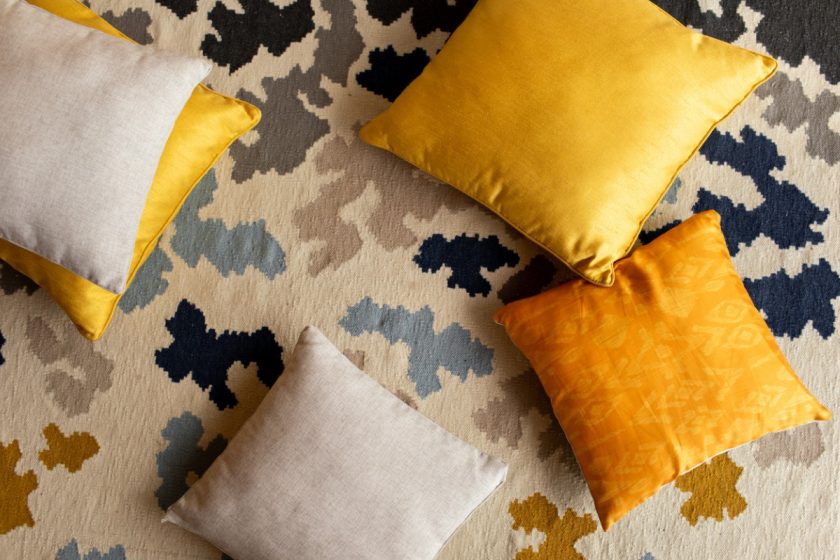With World Environment Day around the corner, it’s again time to take a long and hard look at our own actions: are we doing all we can to protect our environment? As interior designers, we are particularly concerned about the role we play in creating environmentally responsible design. It falls upon us to decide what materials to use in furniture and furnishings, and define the ways in which home owners will interact with the built spaces around them.
By making a conscious decision to use fabrics that are organic and sustainable, designers can mitigate the harmful effects of human actions on the planet. As more people become aware of the harmful impact of synthetic fabrics on the environment, they are choosing to opt for only natural fabrics that are manufactured using clean, non-toxic processes without the use of chemicals.
These are some of the sustainable fabrics that are gaining in popularity.
Organic cotton
Traditionally, cotton was grown using copious amounts of water and chemical fertilisers, which were very harmful to the earth. Organic cotton, however, is cultivated using sustainable practices that are mindful of the environment. The consumption of water and energy is controlled, and only organic fertilisers are used.
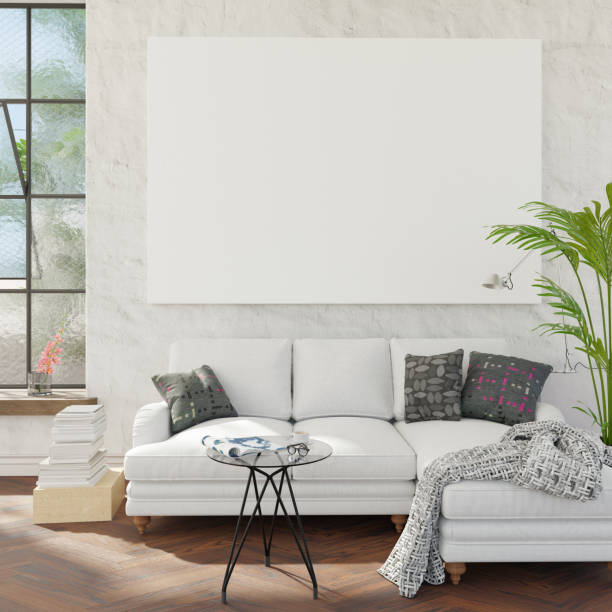
Designers should consciously choose sheets, curtains, and upholstery that are made of the organic variant of cotton, to ensure that it is completely free of all pollutants.
Ahimsa silk
Also known as peace silk, this fabric is created using a non-violent method of breeding and harvesting of silkworm cocoons. While the traditional practice was to harvest the silk by immersing the cocoon in boiling water, which would kill the larvae inside, this eco-friendly method allows the pupae to hatch and uses the leftover cocoon to spin the silk threads.
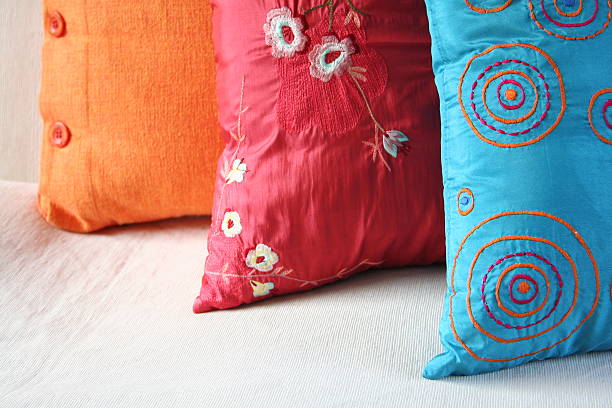
Peace silk takes 10 extra days and yields only one-sixth of the silk when compared to the older process, making this fabric much more expensive. Still worth every bit of the price tag, when you consider that the process is so much more humane!
Hemp and Jute
Hemp is a fabric that is made from the fibre of the cannabis plant, and is gaining in popularity in the sustainable fashion design world. Neither too thick nor too thin, this fabric ‘breathes’ easily and falls well. While it is expensive, it is completely biodegradable and therein lies its value! It does not absorb water easily and is far more sturdy than cotton. More interior designers could explore its use in cushions, throws or drapes.
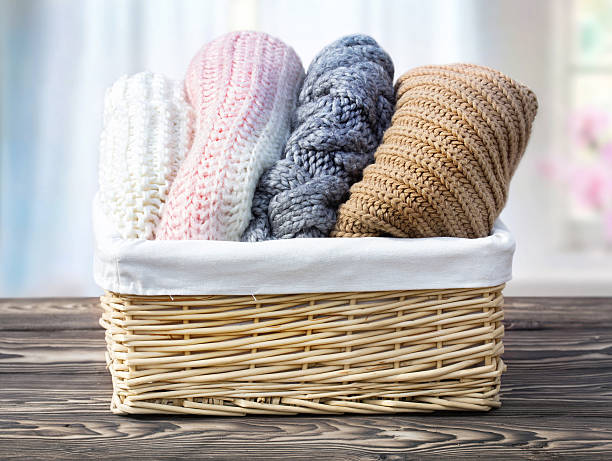
Jute fabric is made from the jute plant and is tough and durable. Depending on the thickness of the fibre, it can be used to make rugs, carpets, window coverings and for upholstery. It is one of the most cost effective natural fibres.
Natural wool
Natural wool is most usually obtained from shearing sheepskin from a living animal. It can also be obtained from a camel, alpaca, angora or vicuna, among other animals. The animal is not harmed in any way and soon grows back a new coat. The quality of the wool is determined by the age of the animal and where it’s from.
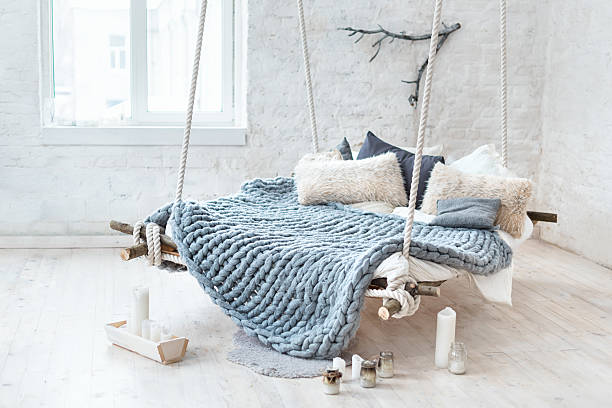
Designers can make a conscious decision to choose natural wool fibres that range from thick and rough to soft and fleecy, woven into throws or cushion covers for use in cold climates.
Organic towels
The next time you wrap yourself in a soft and fluffy towel after your bath, make sure that it’s made of sustainable materials! While organic cotton is very popular, there are manufacturers who are exploring the use of recycled PET bottles to make microfiber towels that are quick-drying and very lightweight. Towels made of Turkish cotton—which is said to use 91% less water than conventional cotton— and bamboo fibres or organic linen, are also kind to the environment and are viable alternatives.

Linen
Crafted from the stem of the flax plant, linen is an eco-friendly fabric that is highly valued by fashion designers for its free-flowing nature and soft texture. Much more hardy than cotton, linen is considered sustainable as the plant needs very little water to grow and can be harvested quickly. It is also completely biodegradable when manufactured without the use of chemicals.
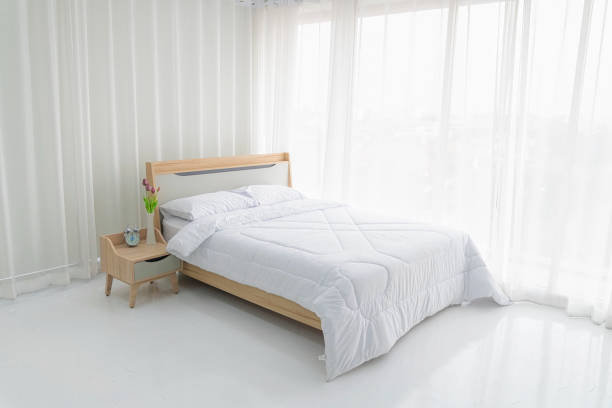
Fine linen has a translucent quality and filters the light beautifully, making stunning curtain material that looks almost ethereal. Linen is also used for super-soft bed linen and table cloths.
Pineapple leather
The new kid on the block in the world of sustainable fabrics is pineapple leather, made from the fibres in the leaf of the pineapple plant. After harvesting the pineapple, the rest of the plant would usually be thrown away or used for compost. Instead of doing that, the leaves are reused and the fibres are transformed into a leather-like material. This innovative fabric feels and looks like leather, and can be used to upholster sofas and make bags and shoes. Needless to say, it is also completely biodegradable.
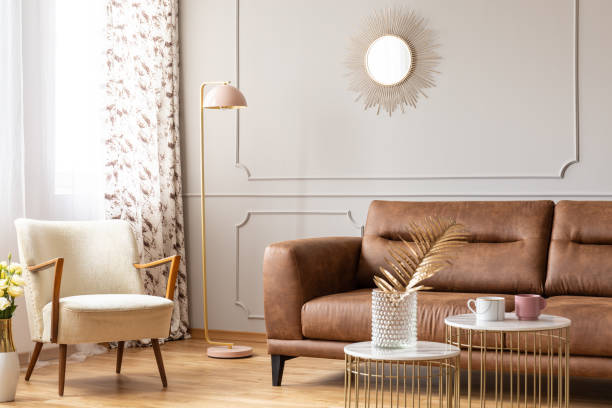
By using ethically sourced and manufactured fabrics in your home interiors, you can help to reduce your carbon footprint and make the earth a safer place to live in. This World Environment Day, let’s choose to take a more sustainable and less wasteful approach to home décor. Our planet will thank us for it!
This article is contributed by Dipti Das, VP-Design, HomeLane.com.
(The views expressed here are solely those of the author and do not necessarily represent or reflect the views of RoofandFloor)

